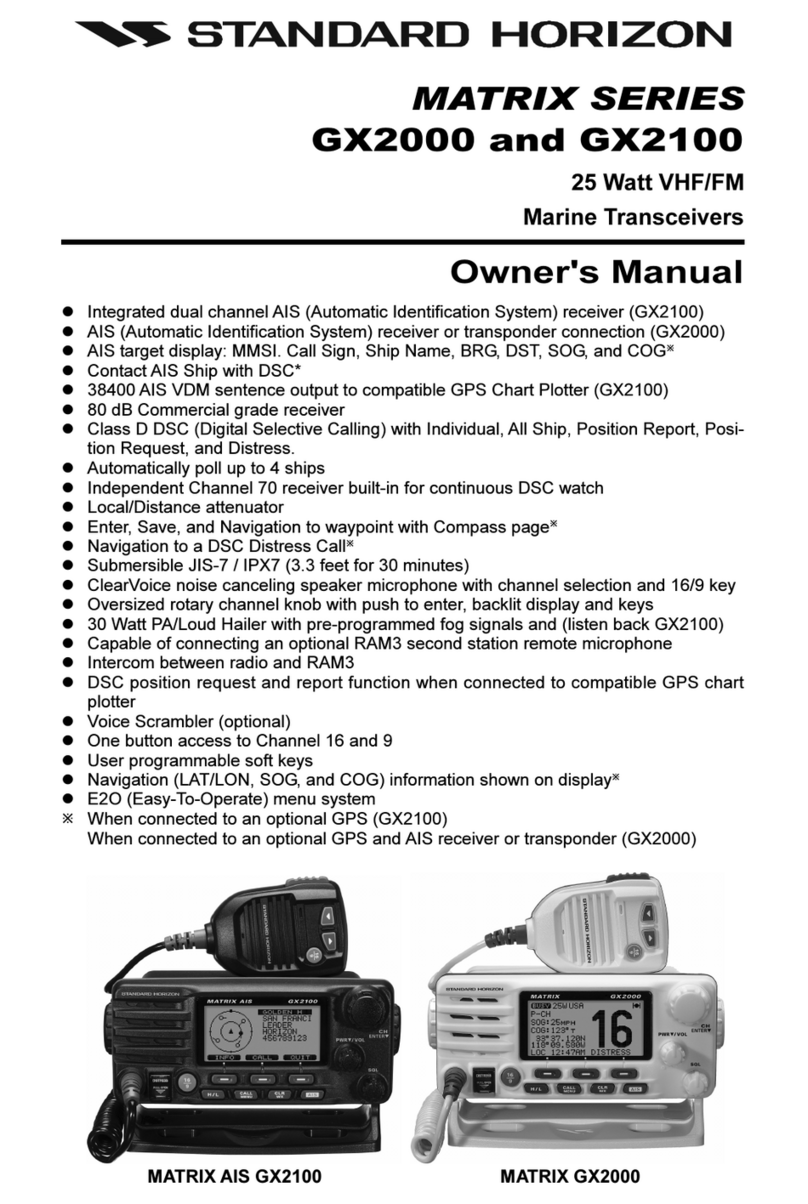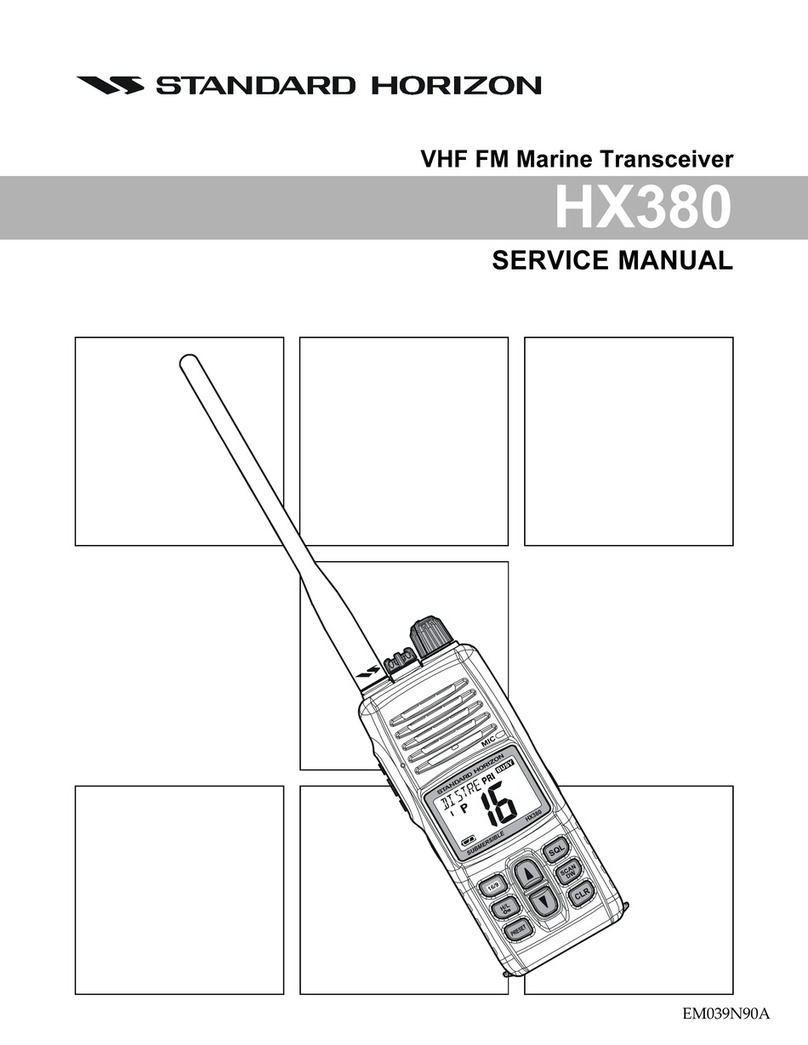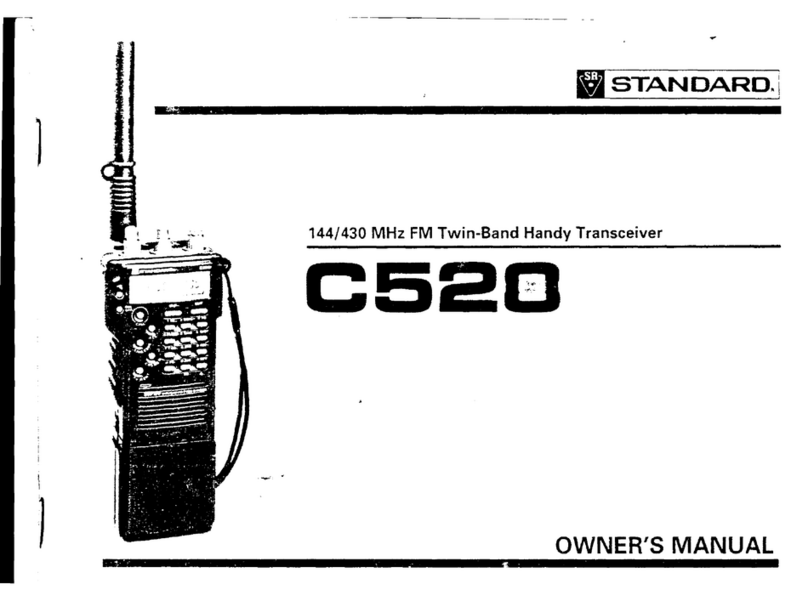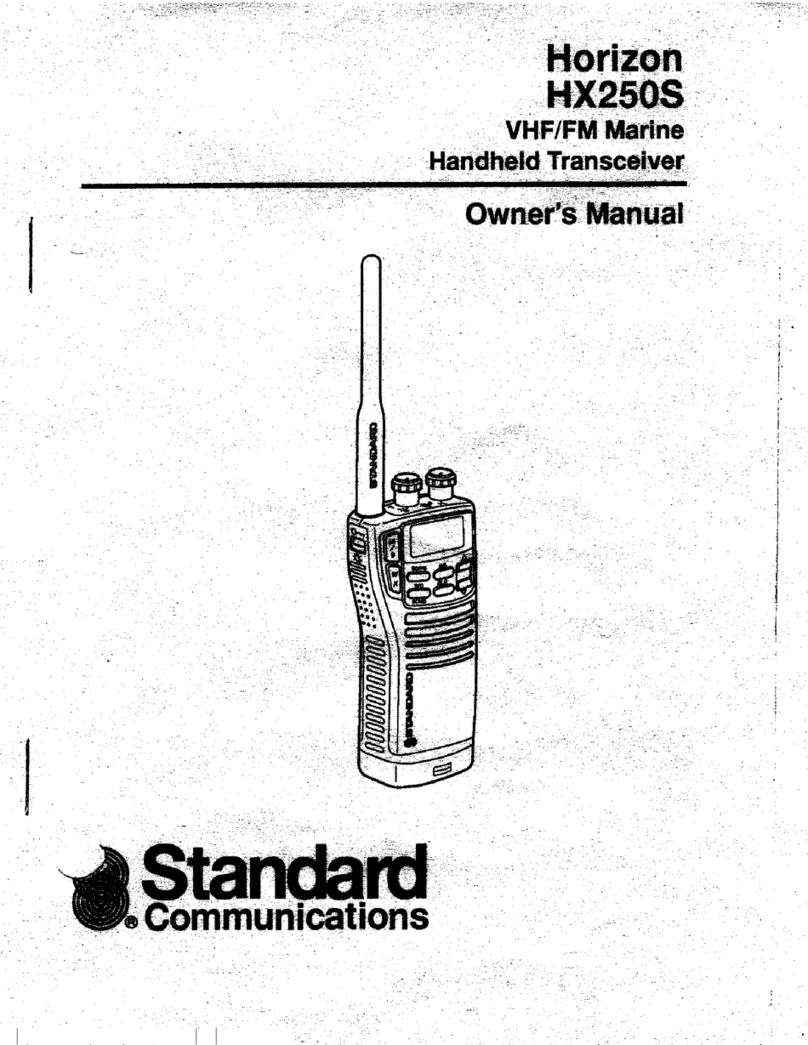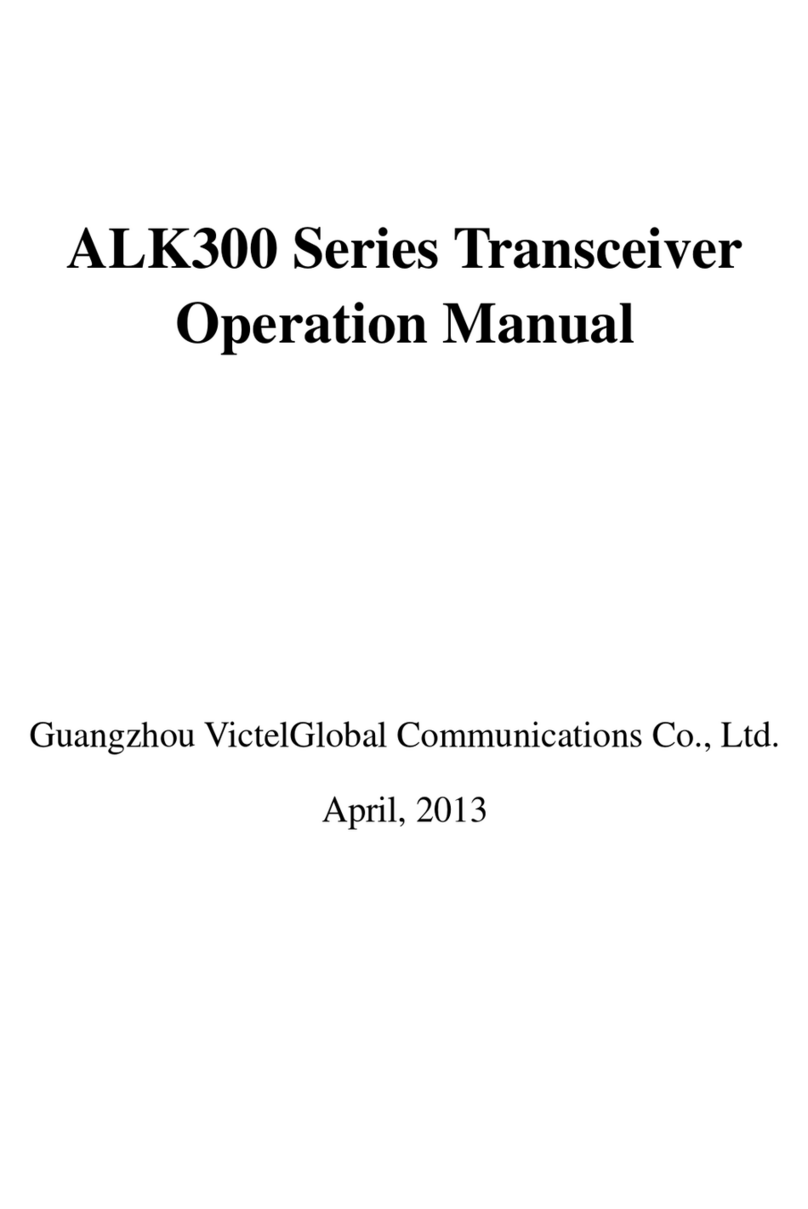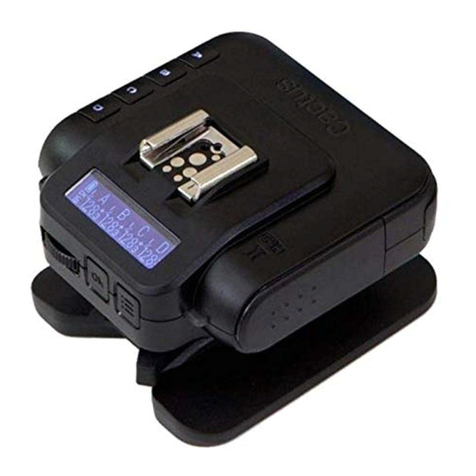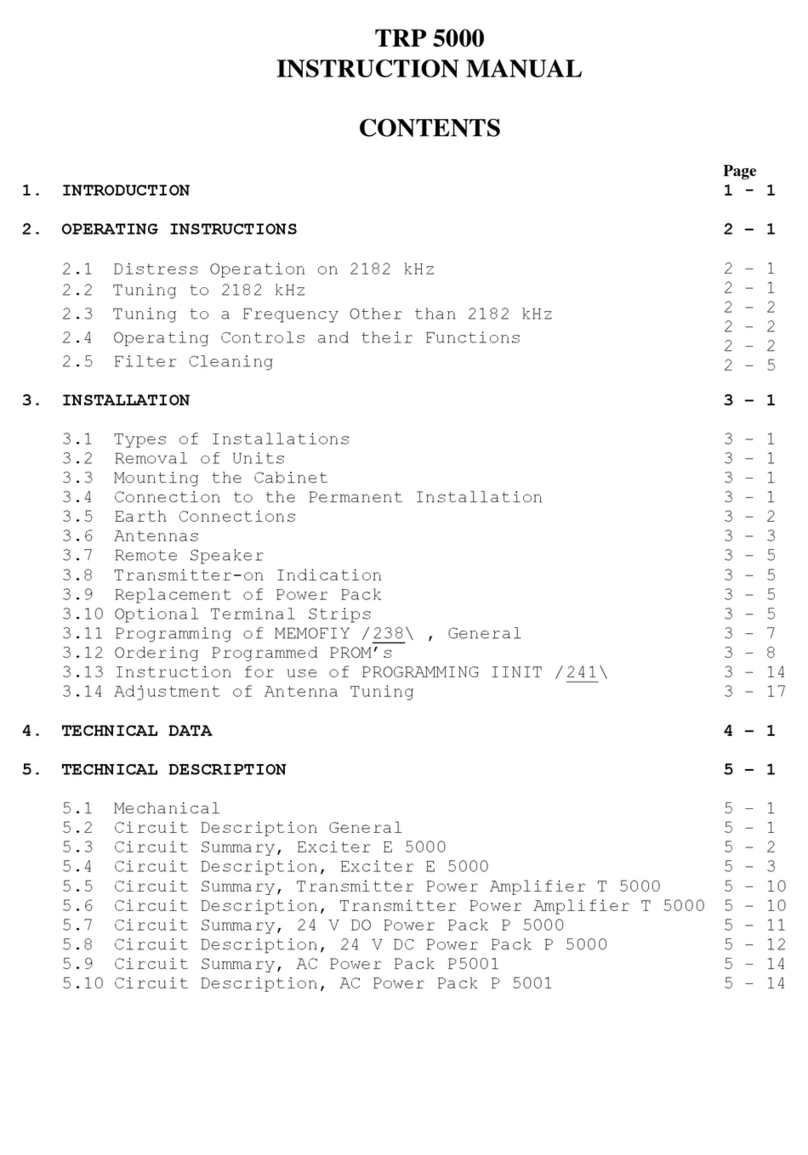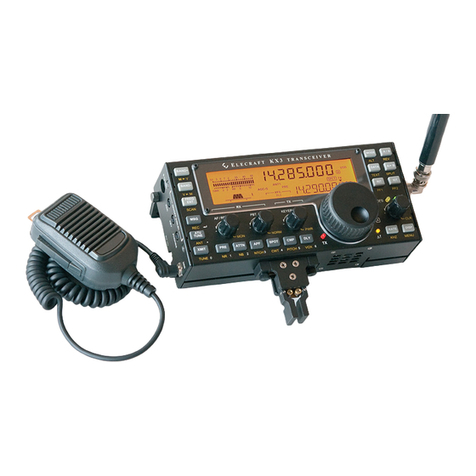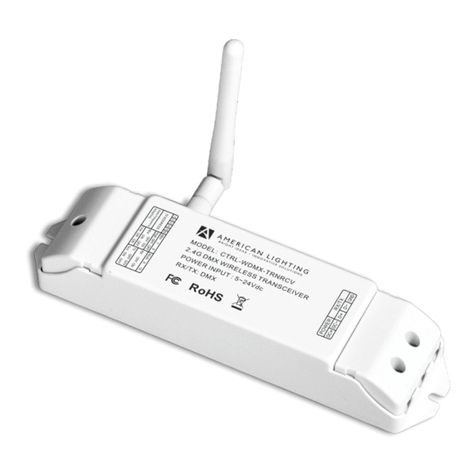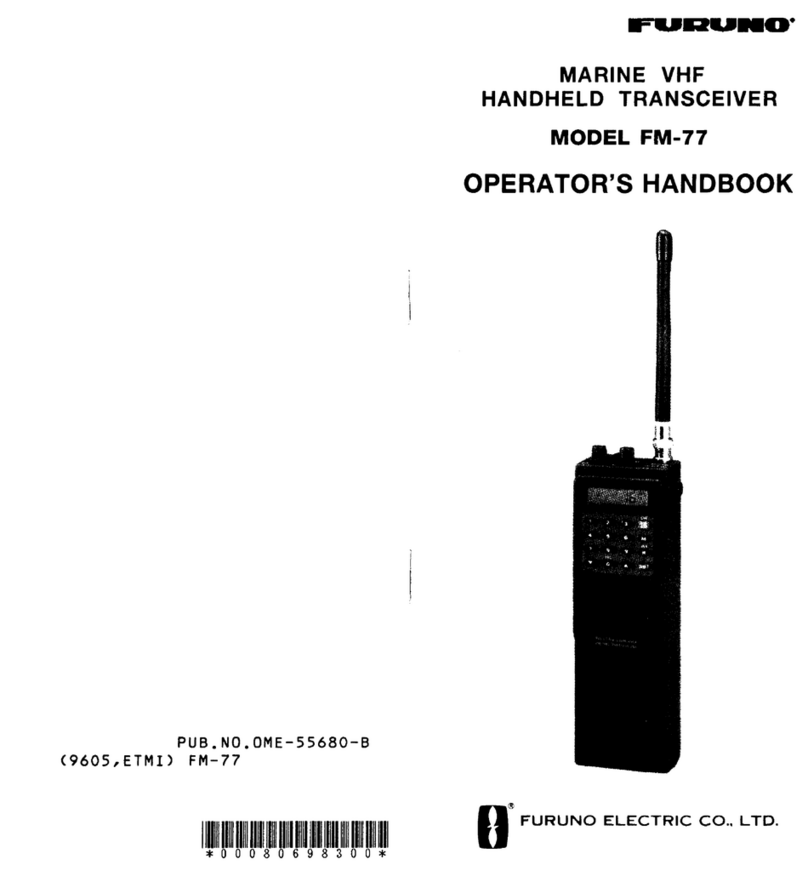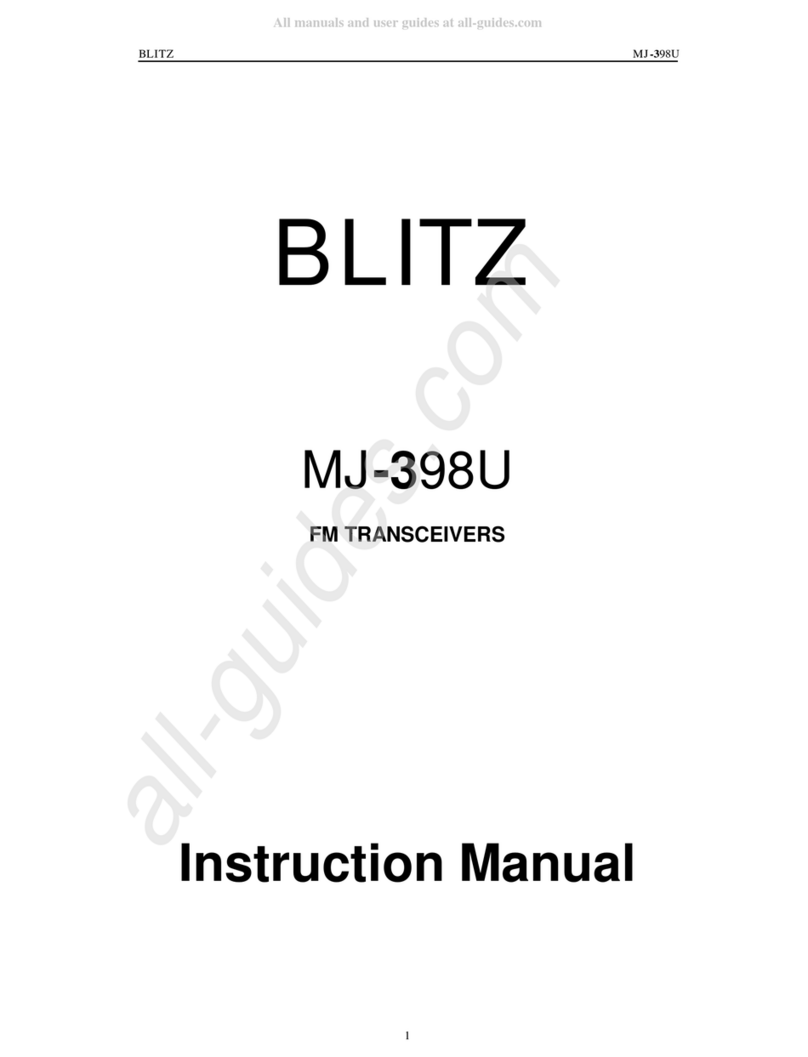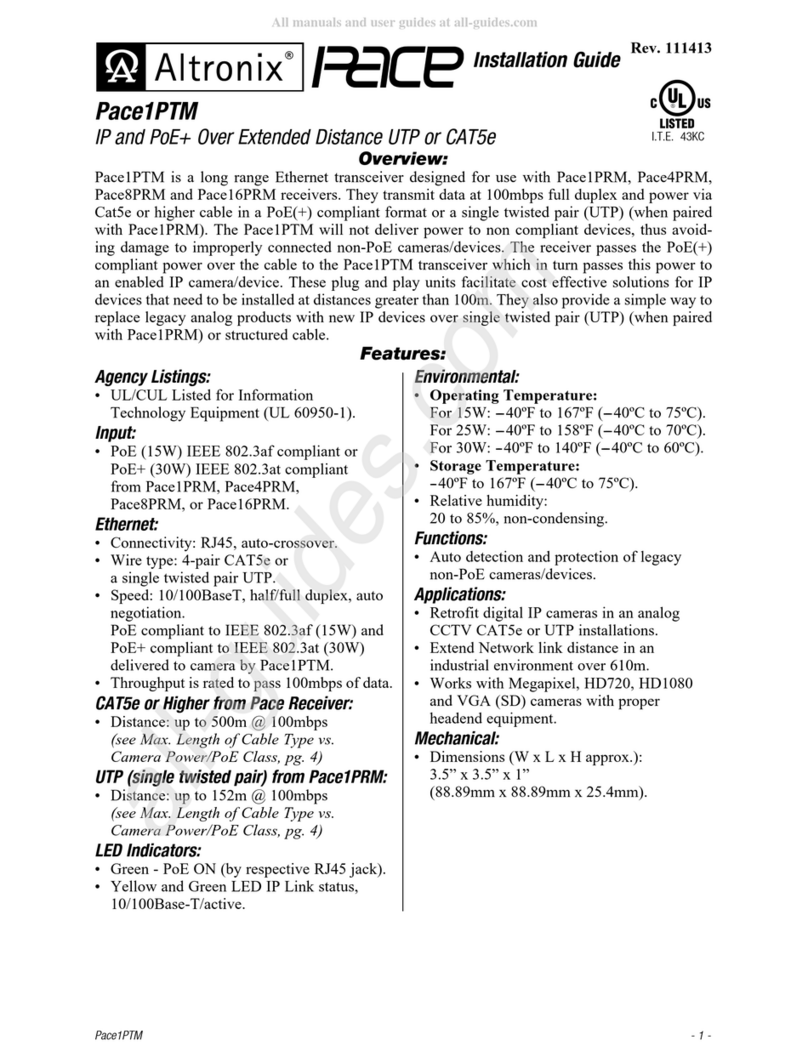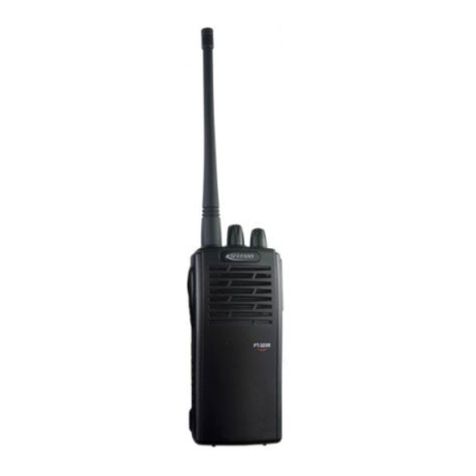
7
1. Receive Signal Path
Received VHF band signals pass through the low-pass fil-
ter (coils L1029, L1031, and L1032, capacitors C1273, C1283,
and C1291) /high-pass filter circuit (coils L1037, capaci-
tors C1293, and C1297) , T/R switch circuit (D1048
(RLS135), D1049 (1SV307)), and protector diode D1050
(1SS302) before additional filtering by a high-pass filter
prior to application to RF amplifier Q1065 (2SC5555). The
amplified RF signal is passed through the band-pass fil-
ter to first mixer Q1042 (3SK318). Meanwhile, VHF out-
put from the VCO is applied through diode Band switch
D1025 (1SS400) and T/R switch D1026 (DAN222) to mix-
er Q1042 as the first local signal.
The TUNE-voltage from the D/A converter Q1014
(M62364FP) is amplified by DC amplifier Q1037
(2SA1774-R) and Q1039 (UMW1), and applied to varac-
tors D1033, D1035, D1038, and D1039 (HVC369B), D1029
(HVC350B), D1036, D1037, D1040, and D1041 (1SV325)
in the variable frequency band-pass filters. By changing
the electrostatic capacitance of the varactors, optimum fil-
ter characteristics are provided for each specific operat-
ing frequency.
The 47.25 MHz first intermediate frequency from first
mixers for FM signals is passed through 47.25 MHz mono-
lithic crystal filter (MCF) XF1001 to narrow IF amplifier
Q1072 (2SC4915-0) for input to pin 16 of IF IC Q1063
(TA31136FN) after amplitude limiting by D1045 (DA221).
Meanwhile, a portion of the output of 11.7 MHz crystal
X1001 is multiplied fourfold by Q1077 (2SC4915-0) to
provide the 46.8 MHz second local signal, applied to the
Narrow IF IC. Within the IC, this signal is mixed with the
47.25 MHz first intermediate frequency signal to produce
the 450 kHz second intermediate frequency.
This second IF is filtered by ceramic filter CF1001
(LTWC450F) and amplified by the limiting amplifier with-
in the Narrow IF IC before quadrate detection by ceramic
discriminator CD1001 (JTBC450C7).
2. Audio Amplifier
The demodulated audio signal from the Q1063 passes
through a band-pass filter and squelch gate Q1029
(NJM12902V).
The resulting audio is amplified by AF amplifier Q1009
(TDA2822D) and output through MIC/EAR jack J1001 to
internal speaker or an external earphone.
3. Squelch Control
Signal components in the neighborhood of 15 kHz con-
tained in the discriminator output pass through an active
band-pass filter composed of R1226, R1230, R1239, C1176,
C1182 and the operational amplifier between pins 7 and 8
within IF IC Q1063. They are then rectified by D1032 and
D1034 (DA221) to obtain a DC voltage corresponding to
the level of noise. This voltage is input to pin 16 of CPU
Q1026 (LC87F5BP8A-F56G2), which compares the input
voltage with a previously set threshold. When the input
voltage drops below the threshold, normally due to the
presence of a carrier, turning on squelch gate Q1029 and
allowing any demodulated audio to pass. At the same time
Q1004 goes on, causing the BUSY/TX lamp D1003 (CL-
165HR/YG-D) to light.
4. Transmit Signal Path
Closing PTT switch S1002 pulls the base of Q1008
(DTA144EE) low, causing the collector to go high. This
signal is input to pin 22 (PTT) of CPU Q1026, allowing
the CPU to recognize that the PTT switch has been pushed.
When the CPU detects closure of the PTT switch, pin 31
(TX/RX) goes high. This control signal is switches Q1083
(UMD5N). At the same time, PLL division data is input to
PLL IC Q1027 (MB15A01PFV1) from the CPU, to disable
the receiver power saver. Also, switching Q1076 (UMB3N)
to disable the receiver circuits. Then causing the red side
of BUSY/TX lamp D1003 to light.
Voice signal input from either built-in microphone
MC1001 (SKB-2244S) or external jack J1001 is pre-em-
phasized by C1020 and R1034, and processed by micro-
phone amplifier Q1010 (NJM12902AV), IDC (instanta-
neous deviation control) circuit to prevent over-modula-
tion, and active low-pass filter.
Modulating audio passes through deviation setting D/A
converter Q1014 to MOD of the VCO. This signal is ap-
plied to varactor D1016 (HSC277) in the tank circuit of
VCO Q1034 (2SC5555), which oscillates at the desired
transmitting frequency. The modulated VCO signal is
buffered by amplifier Q1040 (2SC5555) and delivered
through T/R diode switch D1025. The modulated low-level
transmit signal from the VCO is applied to amplifier Q1048
(2SC5226-5). The modulated transmit signal from the
VCO is amplified by Q1056 (2SK3475) and RF power
amplifier Q1066 (2SK3476) up to 5 W. The RF output pass-
es through TX diode switch D1048. RF output is passed
by T/R switch and low-pass filter to suppress harmonics
and spurious products before output to the antenna at
the antenna terminal.
5. PLL Frequency Synthesizer
PLL IC Q1027 consists of a data shift register, reference
frequency divider, phase comparator, charge pump, in-
termittent operation circuit, and band selector switch. Se-
rial PLL data from the CPU is converted into parallel data
by the shift register in the PLL IC and is latched into the
Circuit Description
